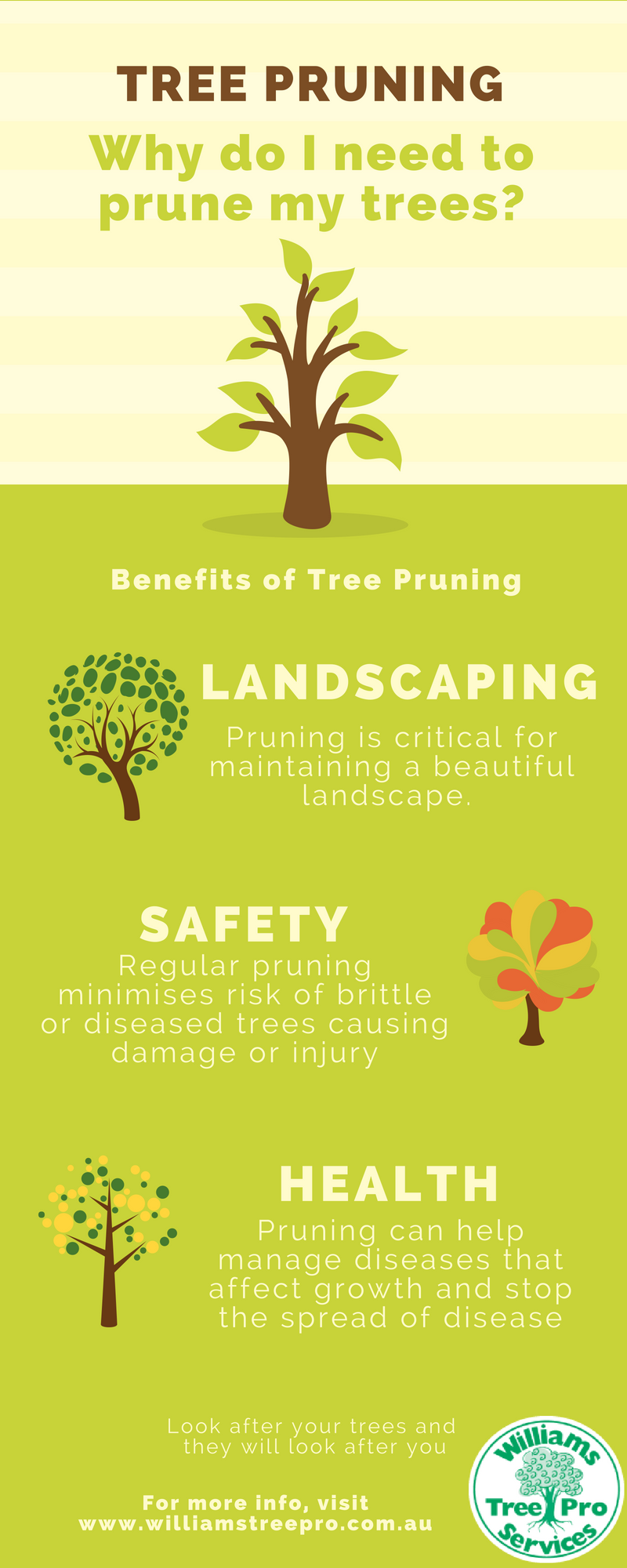Securing Your Landscape: Replanting After Tree Elimination
Securing Your Landscape: Replanting After Tree Elimination
Blog Article
Post Writer-Breum Hudson
Tree elimination can leave a void in your landscape that requires filling. You can grow something new in that room, however it takes added care and attention at the beginning to aid it prosper.
The dirt in that location will certainly keep transforming gradually as microbes break down the old roots. That can impact the vitamins and mineral equilibrium and physical space for new development.
Soil
The soil in a plot where a tree has been gotten rid of is likely to be really different from the rest of your yard or lawn. The origins of the old tree and the stump will have altered the dirt, eliminating some nutrients and possibly crowding out various other plants. In addition, if the previous tree was diseased, the contagious representative may still remain in the ground.
The visibility of origins fosters a rich and varied neighborhood of soil microorganisms that improves essential procedures like nutrient cycling and organic matter decomposition. Without these microbes, the displaced soil can come to be much less productive and nutrient-depleted, with an adverse effect on plant growth.
Prior to replanting, the dirt must be eliminated of particles and natural material (such as timber chips from stump grinding). maitenance may desire to mix in potting soil or indigenous dust with this garden compost to give your new planting with a setting that is well balanced and packed with nutrients.
Water
Tree origins soak up large amounts of water from the dirt. landscape management and maintenance plan includes nutrients back to the soil, especially nitrogen, which is vital for new trees and plants. Unfortunately, old soil can be depleted of these vital minerals as a result of the rotting roots and stump from a removed tree.
visit the next document is why it is essential to have a prepare for the future of your landscape. Preferably, the very best time to plant is when you have a clean slate.
Whether you're planting turf or flowers, ensure to utilize a soaker tube to stay clear of overwatering your new landscape design. If the area was a yard, ensure to cover the dirt with natural mulch to aid maintain moisture in the soil, regulate dirt temperature levels and suppress weeds. This likewise supplies a layer of protection for young plants and advertises worm activity. Then, regularly restore the mulch to proceed boosting the dirt nutrient thickness and microbial life. This is referred to as soil repair.
Light
Trees are a great addition to any landscape, offering color, aesthetic pulchritude, and many other benefits. However, in some cases trees come to be unsightly due to a range of factors, consisting of disease, insect problems and all-natural aging.
In such instances, it may be necessary to get rid of a tree. It is very important to take into consideration the value of a particular tree in your landscape design and take the correct actions to ensure that the removal is done securely and efficiently.
Throughout the late summer season, it's a perfect time to execute maintenance and evaluations on existing trees. Seek indications of disease, insect invasions, or architectural damages, in addition to any possible hazards such as weakened or leaning trees.
Prior to starting any type of building tasks, make certain to safeguard the origin areas of existing trees by avoiding dirt compaction and grading around them. Raw material, as it breaks down, can generate poisonous gases that are detrimental to the roots of a tree. It's additionally a good idea to mulch the location around a tree after construction has actually ended up to preserve dampness and suppress weed growth.
Temperature level
Trees are essential to a landscape for their visual allure, yet they also play a crucial function in the local ecosystem by supplying shade and windbreaks. They sustain wildlife environments and decrease the amount of co2 in the air, which can add to global warming. This is why it is suggested to replant trees after getting rid of one from the residential or commercial property.
When replanting go now in the area of a previous stump, the soil may not have adequate nutrients to support it. It is best to await a year prior to planting to guarantee that the soil will be rich in nutrients.
To make sure that replanted trees grow, it is vital to give them with proper treatment. A layer of mulch will maintain soil wetness from evaporating, regulate dirt temperature, and help subdue weeds. Organic mulch is the recommended choice since it enhances dirt fertility. Ongoing fertilizing and parasite control are additionally necessary for replanted trees.